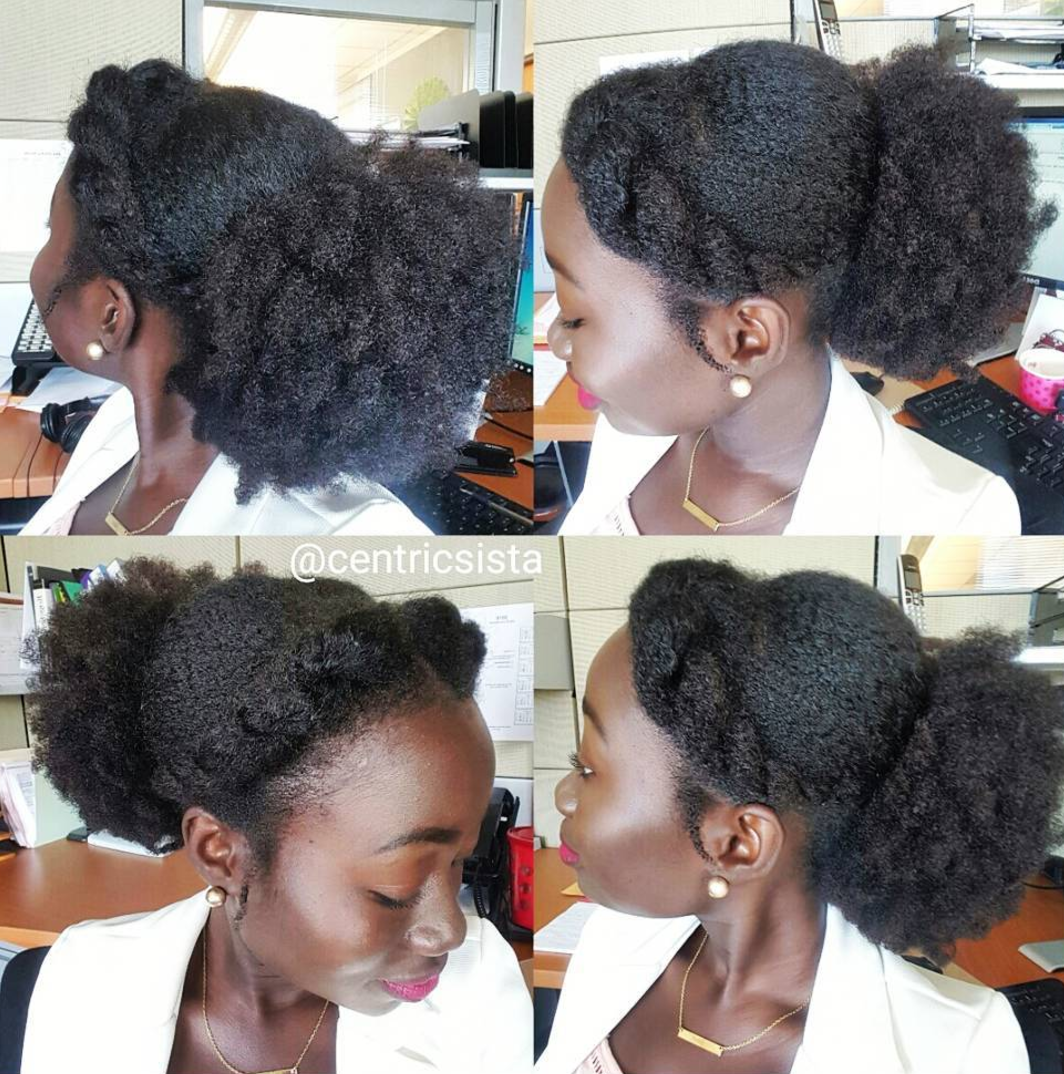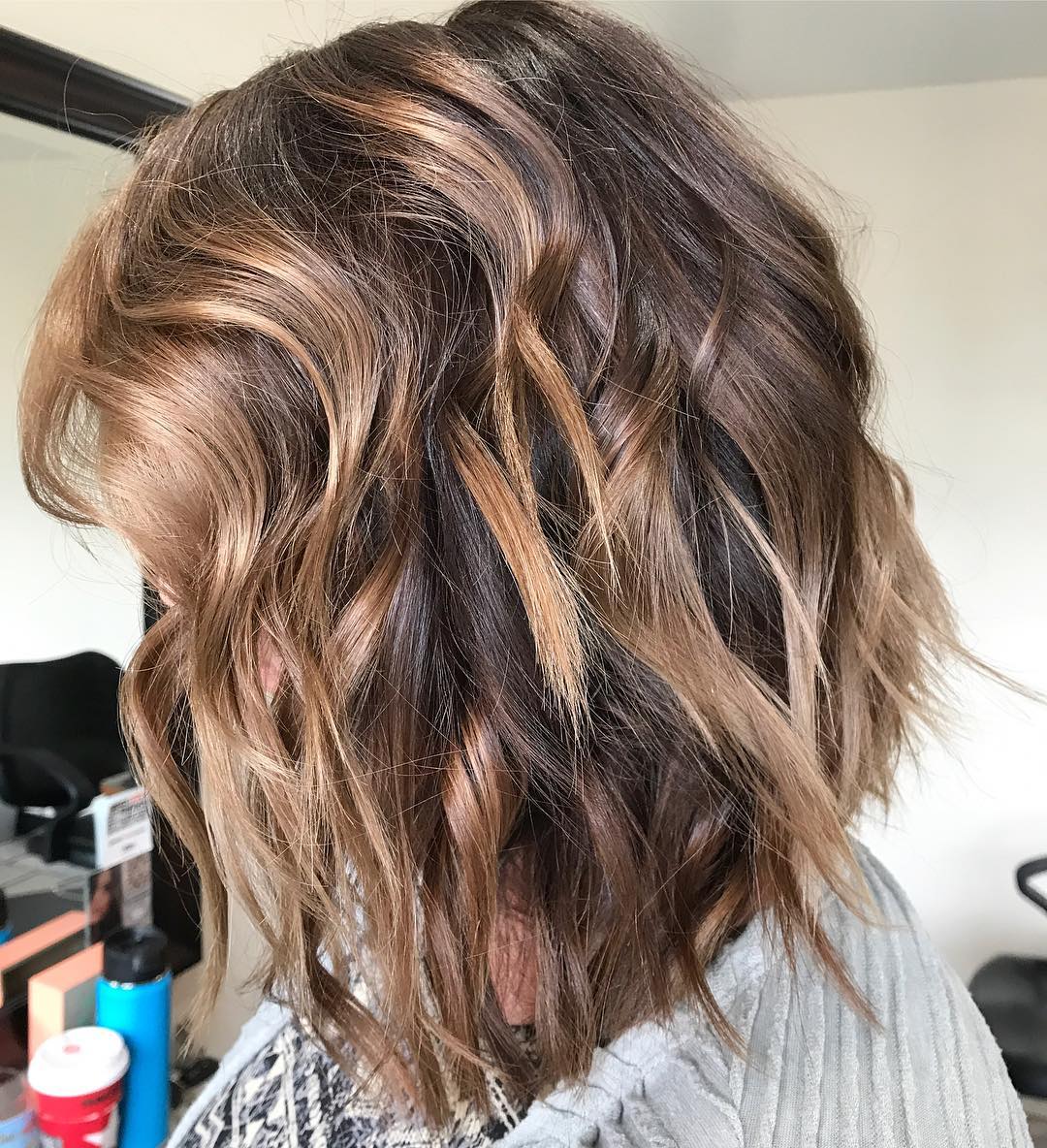Table Of Content
- How to Care for Type 4 Hair To maintain Healthy?
- Is High Porosity Hair Genetic?
- Wash n go
- How to create waves with Hair Straighteners
- How to Determine Your Hair Type
- The Right Kind of Brazilian Blowout Products for Your Hair
- Styling 4C Hair
- Dry Shampoo for Red Hair: Products to Help Your Color Last While At Home

Regularly hydrate your hair with a water-based leave-in conditioner or spritz with water to keep it moisturized. Though it may bring its fair share of difficulties, we can't deny 4C hair's unique beauty with thick, defined curls that just keep bouncing back into place over and over again. Its appearance can mean fewer styling sessions with extended hours spent in front of the mirror, creating that only perfect look you always dreamed of. Every coil is densely packed together, and each kinked ringlet brings extra volume and lots of movement. So versatile—4A hair soaks up all moisture without letting it seep away fast. Drawing upon high humidity for energy, it then shrinks up to 60% when wet—proving ideal for styling into long-lasting updo classics with a fashionable twist.
How to Care for Type 4 Hair To maintain Healthy?

Unlike your Type 1 and 2 friends, curly hair often suffers from dryness because natural oils produced by the scalp don't travel down the full length of the hair shaft. You'll find that it's easier to create styles and to get those coils poppin' when you quench your hair's thirst. Also, consider hydrating your hair with a spray bottle filled with an aloe vera juice and water mix. 4C hair's unique characteristics, like the aforementioned shrinkage, tight curl pattern, and dryness-prone shaft, are all clues pointing towards the best way to care for it. With a routine that caters to your hair type's unique needs, your strands are sure to thrive.
Is High Porosity Hair Genetic?
Cosmo Prof Leads Textured Hair Education Through Fourth Annual World of Texture Virtual Event - Happi
Cosmo Prof Leads Textured Hair Education Through Fourth Annual World of Texture Virtual Event.
Posted: Sun, 11 Feb 2024 08:00:00 GMT [source]
Co-washes cleanse your strands without stripping them and can prevent your hair from drying out due to overwashing. Natural curly hair, especially with tightly packed coils, doesn’t need daily combing. Since dryness and breakage are common issues, a good deep conditioner should be a staple in your hair care arsenal. When choosing a 4c hair shampoo, use a sulfate-free one because it’s less likely to strip natural oils from your scalp and strands. Some hair products are labeled as suitable for certain hair types. 4C hair has a spiral texture, but the spiral might look miniature.
Wash n go
After washing your hair, be sure to follow up with a cream-based leave-in conditioner for added moisture and conditioning. There are so many products on the market that promise hydrated hair (some even say long-lasting hydration), but it seems as though this hair type becomes quite thirsty even after moisturizing. How can one find the right products and retain moisture all while sporting juicy, defined curls?
How to create waves with Hair Straighteners
These subclassifications, which are based on the diameter of the hair’s wave, curl, or coil, are borrowed directly from the original Andre Walker hair typing system. However, we recognize that the system created by Andre Walker is substantially more popular well-known, and communicated than the other hair typing systems. After washing, use a liberal amount of leave-in moisturizer, such as the Bread Beauty Hair Cream to add even more moisture. Castor oil is also a great hydrator and sealant for this very dry texture; we like the SheaMoisture 100% Pure Jamaican Black Castor Oil. There are heat-free hair dryers and reverse hair dryers on the market, but they aren’t always the best for moisture retention, which is still important whether your hair is stretched or not,” she says. FYI, olive oil is great for retaining moisture, shea butter reduces breakage and coconut oil protects the hair against protein loss.
How to Determine Your Hair Type
Your hair care routine and product regimen should always be mindful of this to eliminate dehydrating practices. 4C hair doesn’t need to be washed daily, but it does need constant moisture. Pick a method based on hair porosity, if your hair is hard to moisturize no matter how much product you use, then you have low porosity and should use the LCO method. If you have high porosity — meaning hair that is easily moisturized but has a hard time retaining that hydration — you should use the LOC method.
The ends of our curls are the oldest part of our hair, which means they can become brittle, dry, and fragile over time. To keep your 4C ends looking and feeling their best, use a high-quality moisturizing product daily. Without proper hydration, these coils become brittle and weak- almost to the point where they feel like straw when you touch them. Not only does this damage the curl pattern, but it can also lead to breakage and split ends. There really isn’t a 100% all-encompassing, one-size-fits-all answer to every curl type. Everyone’s hair is unique and different; no two heads are exactly alike (even if someone has a similar hair texture as you).
Styling 4C Hair
With an air-cushioned head that protects the scalp from damage, your haircare routine will be simpler than ever. The brush is also ideal for those who want to blow-dry and shape their hair. If you prefer to detangle your hair prior to shampooing, you might want to give this creme a try. It minimizes shedding and makes hair more manageable, particularly after you've removed protective styles.
Dry Shampoo for Red Hair: Products to Help Your Color Last While At Home
Some of the misconceptions surrounding 4C hair are that it’s coarse, difficult to manage, and it comes with a lack of styling versatility, according to Dr. Kari Williams, a trichologist and cosmetologist. Space bunsBraid your coils before twisting them up into buns and add some face-framing twists to add an extra dimension. Identifying your hair strand within the LOIS system starts with using a strand of frayed thread. One piece of a frayed thread (like a piece of sewing thread) is used as a proxy to determine the size of your hair strand. Finally, it’s important to note that you may have several different LOIS hair patterns on your head. When this occurs, the system allows you to combine LOIS letters to determine your hair pattern.
If you want to fully embrace your curls and coils, Sultan recommends afros. "They’ve made a huge comeback on the catwalks and in editorial shoots—all you need to do is grab an afro pick and pat it into your desired shape," she says. Very often, women with 4B hair tend to worry the most about lack of moisture.
With its tight coils, sharp angles, and naturally voluminous texture, 4c hair is the tightest of all type 4 locks. As much as we love 4c hair, we have to admit that maintaining it can be an intimidating task. This hair type is prone to breakage, dryness, and damage, especially when it’s faced with chemical treatments and heat styling. And while this gives you plenty of versatility and natural volume, it’s also the most difficult to manage because it’s more prone to dryness and damage. This category encompasses hair that curls into springs and corkscrew shapes. When hair is wet, curls usually look like waves but take on a three-dimensional swirl shape as they dry.
Depending on preference or the length of your hair, you can style your puffball pony low down or high up. 3C tends to have the highest amount of volume, but also tends to have the most shrinkage. Stretch and enhance gently without heat with a flexi-rod set, twist-out, or a set of perm rods. Type 3C was created after Andre Walker released his hair typing system by a community member at NaturallyCurly.com. He was hoping to immediately debunk the often ridiculous good hair vs. bad hair debate prior to diving into a discussion about hair typing.
Everyone knows that curly hair is dry, but many people don’t know that 4C curls are the driest. Regularly moisturizing your hair is key to maintaining healthy, strong locks. Another important step is to avoid products and styling tools that can damage your 4C hair, such as heating tools without a proper protective barrier or using unregulated excessive heat.
4C hair is the kinkiest and most tightly coiled of all hair types, according to the Andre Walker Hair Typing System. This hair typing system is a method of hair typing where each hair texture is categorized and identified by a letter and a number. While finding the right products for your hair can include a bit of trial and error, you can eliminate some of the guesswork by determining your hair porosity. Although curly hair is naturally prone to dryness, your hair's porosity level might show that you struggle more than normal to retain moisture—meaning that you should focus more on humectants.

No comments:
Post a Comment